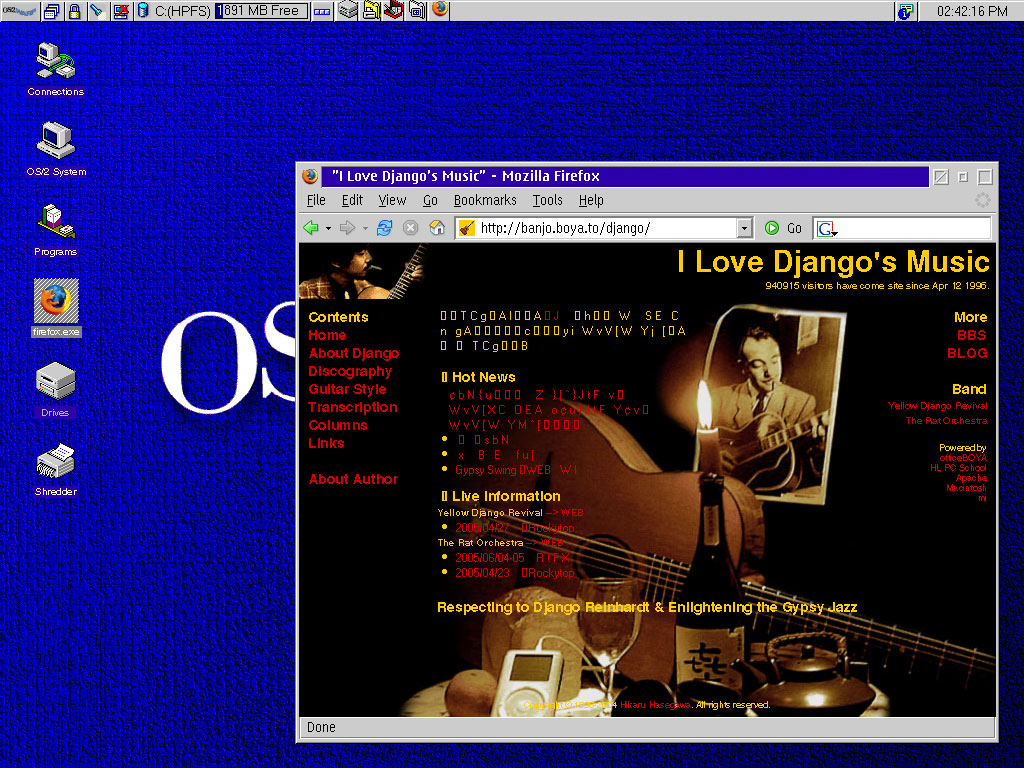

These limited changes meant that the original Macintosh system remained largely as it was when initially introduced. This initially shipped in three volumes, adding another to describe the changes introduced with the Mac Plus, and another for the Mac II and Mac SE.

Some perspective on the scope of the changes can be seen by examining the official system documentation, Inside Macintosh. The development of the Macintosh system software up to System 6 followed a fairly smooth progression with the addition of new features and relatively small changes and upgrades over time. System 7 was developed for Macs that used the Motorola 680x0 line of processors, but was ported to the PowerPC after Apple adopted the new processor in 1994 with the introduction of the Power Macintosh. With the release of version 7.6 in 1997, Apple officially renamed the operating system "Mac OS", a name that had first appeared on System 7.5.1's boot screen. Features added with the System 7 release included virtual memory, personal file sharing, QuickTime, QuickDraw 3D, and an improved user interface. Current for more than six years, System 7 was the longest-lived major version series of the classic Macintosh operating system (to date, only Mac OS X had a longer lifespan). It was introduced on May 13, 1991, by Apple Computer It succeeded System 6, and was the main Macintosh operating system until it was succeeded by Mac OS 8 in 1997. System 7, codenamed "Big Bang", and also known as Mac OS 7, is a graphical user interface-based operating system for Macintosh computers and is part of the classic Mac OS series of operating systems.


 0 kommentar(er)
0 kommentar(er)
